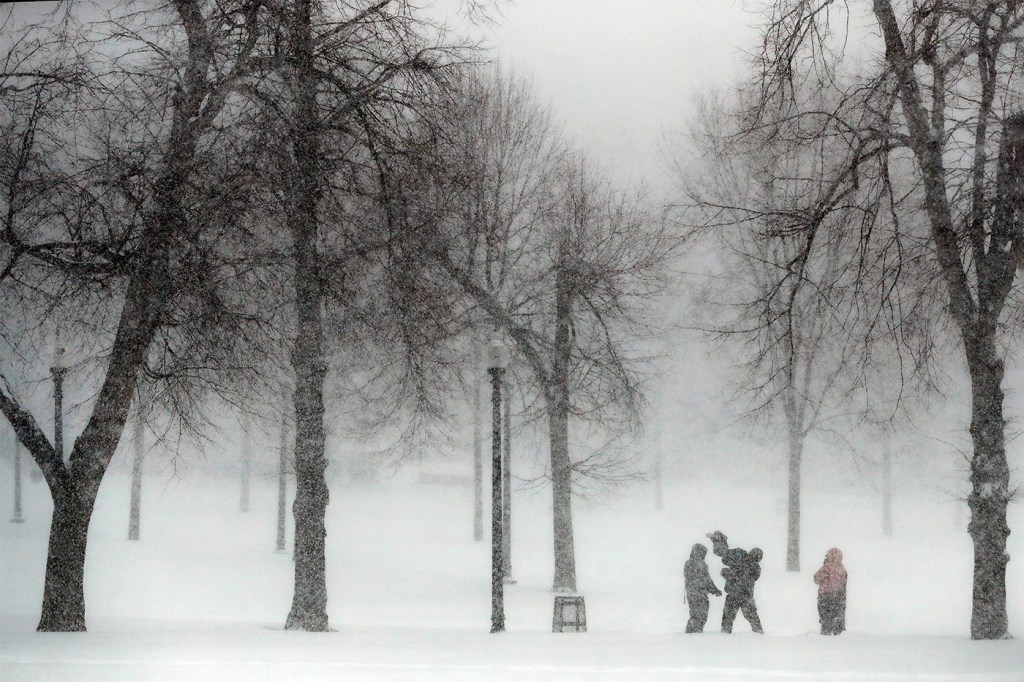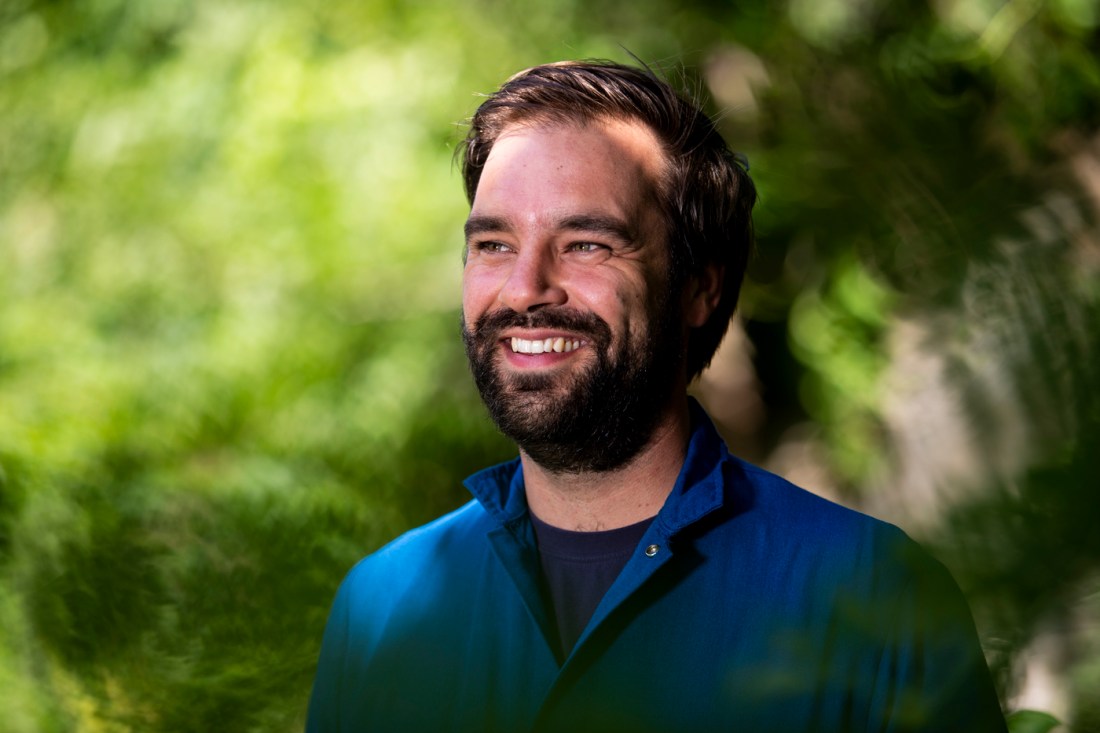What is La Niña? A Northeastern expert explains how the weather pattern may impact your winter plans

The La Niña event forecast for this winter may deliver more snow than usual to the Northwestern U.S. and dry, warm weather to the South.
But Northeastern University professor Samuel Munoz says to be cautious about planning a ski or beach vacation around La Niña — a cyclic weather pattern caused by a colder Pacific Ocean.
“Not every La Niña event is the same,” says Muñoz, an associate professor of Marine and Environmental Sciences at Northeastern’s Coastal Sustainability Institute.
“It just changes the probabilities of having a warmer or colder, wetter or drier, winter than usual – depending on what region you are in.”
“The state of the Tropical Pacific, whether we are in a La Niña or El Niño, gives us a fuzzy picture of what things might be like, but it’s not deterministic.”
El Niño vs. La Niña
La Niña is part of a climate system called the El Niño Southern Oscillation, which swings between El Niño and La Niña phenomena, Munoz says.
He says El Niño occurs when the central and Eastern Pacific Ocean experiences hotter temperatures than usual, while La Niña occurs when that part of the Pacific is cooler than normal.

During El Niño years, winter temperatures in the continental U.S. are warmer than normal in the North Central states, and cooler than usual in the Southeast and the Southwest, according to the National Oceanic and Atmospheric Administration.
“During a La Niña year, winter temperatures are warmer than normal in the Southeast and cooler than normal in the Northwest,” says NOAA, which publishes maps of average precipitation and temperatures in different parts of the U.S. during strong La Nina events.
New understanding of ancient patterns
The El Niño/La Niña oscillation is an ancient climate pattern, but Western scientists didn’t recognize it until the 1980s, Munoz says.
“It’s a phenomenon that we’ve really only understood for a few decades now, but it affects weather and climate globally,” he says.
Long observed by fishermen off the coasts of Chile, Peru, and Ecuador, El Niño is Spanish for “little boy” and also refers to the Christ child, since the change in water temperature is noticeable around Christmas in late December.
Featured Posts
During El Niño, the trade winds that blow from east to west weaken for reasons not totally understood, Munoz says. “Warm water piles up in the eastern part of the Pacific instead of pushing forward.”
He says in the course of a La Niña, which is Spanish for “little girl,” trade winds grow really strong and Pacific waters are pushed westward, allowing for an upwelling of cold water.
Who is impacted by La Niña?
NOAA maps show that the Northwestern and Upper Midwest states experience, on average, colder temperatures and more precipitation during La Niña winters, while Southern states from Texas to Florida register warmer, drier weather.
The regions are divided by the jet stream, a fast-moving ribbon of air that moves through the upper atmosphere in the Northern and Southern hemispheres and is pushed in different directions by El Niño and La Niña, Munoz says.
He says La Niña affects climate conditions in parts of Africa and Asia, but not so much Europe or the New England states, which are more impacted by Atlantic Ocean weather patterns.
The NOAA maps indicate somewhat wetter and colder conditions in western Massachusetts and Maine at certain points this winter, but Munoz says that in general the effect on New England “is pretty negligible.”
“The connection of this region’s climate to the whole phenomenon (of El Niño and La Niña) is not very strong,” he says.
Droughts and floods
While most La Niña events are not enough to cause catastrophic climate conditions on their own, they can contribute to environmental phenomena.
“We didn’t know this in the 1920s and 1930s, but we now know that the Dust Bowl droughts were associated with La Niña events,” Munoz says.
His own research also shows that the manner in which El Niño brings wetter winters to some states makes it more likely for the Mississippi and Missouri rivers to flood.
The effects of the El Niño/La Niña oscillation, which are felt more in the winter than summer, are not in effect yet this year, Munoz says.
“Last year we transitioned briefly to an El Niño state and now we’re forecast to go into a weak La Niña. Right now we’re really in neutral territory,” he says.
Muñoz says scientists are trying to figure out what impact climate change will have on the oscillation.
“There’s some work that suggests the variability between these two states will increase with greenhouse warming, that there will be a faster switch from one to the other,” Muñoz says.
“But that’s just one take. This is still an open question, in my opinion.” he says.
Muñoz says El Niño and La Niña “are totally normal phenomena that have been occurring for a long time as far as we can tell—as long as we’ve had a Pacific Ocean.”











